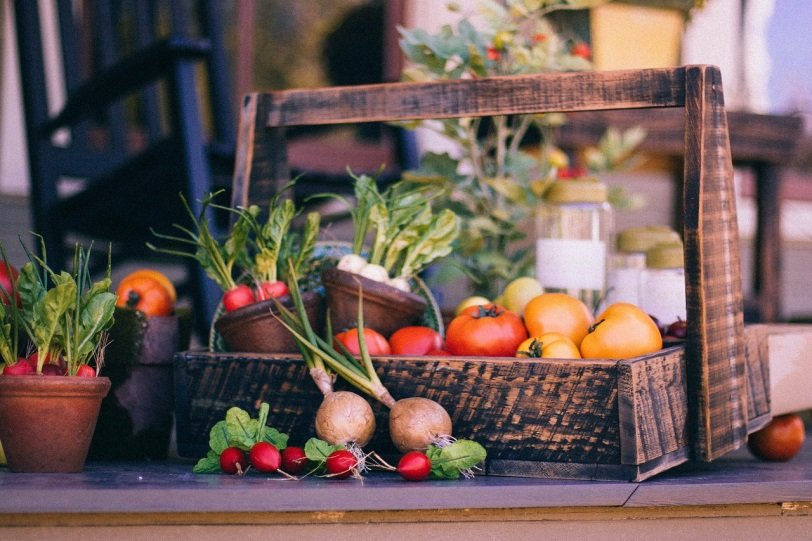The weather is still pretty grim and as much as frequent visits to your office’s instant taps or water cooler might help you stay hydrated, it can be a little challenging to keep drinking that much liquid during the cold winter months; so another option is to up your intake of water-rich fruit and vegetables!
Not only does certain produce help with water intake, but fruit and vegetables are naturally low in fat and calories, and they’re an important source of many nutrients including potassium, fiber, folic acid, Vitamin A and Vitamin C. These nutrients help our bodies maintain healthy blood pressure, reduce blood cholesterol levels, regulate our bowel movements, aid healthy fetal development in women, and protect against various infections – the benefits are endless. For all this, in addition to aiding hydration, it’s easy to see why we should include more of this food type in our diets.
So, if you’re struggling to drink those eight glasses of water each day from the water cooler, consider eating more of the following – in order of highest water content:
FRUIT
Watermelon holds the highest percentage of water at 92%, followed by Strawberries 92%, Grapefruit 91%, Cantaloupe 90%, Peach 88%, Raspberries 87%, Pineapple 87%, Cranberries 87%, Orange 87%, Apricot 86%, Blueberries 85%, Plum 85%, Pear 84%, Apple 84%, Cherries 81%, Grapes 81% and Banana 74%.
VEGETABLES
Cucumber holds the highest percentage of water at 96%, Lettuce (iceberg) 96%, Zucchini 95%, Celery 95%, Radish 95%, Tomato (red) 94%, Cabbage (green) 93%, Tomato (green) 93%, Cabbage (red) 92%, Cauliflower 92%, Peppers (sweet) 92%, Spinach 92%, Eggplant 92%, Broccoli 91%, Carrots 87%, Peas (green) 79% and Potato (white) 79%.
Whether it’s a fruit salad you bring along to the office, or perhaps a home-made soup, be sure to include more of these in your diet and then you won’t need to visit the water cooler dispenser quite that often in the chilly months.

